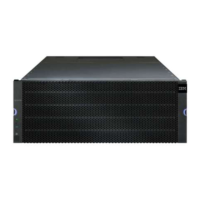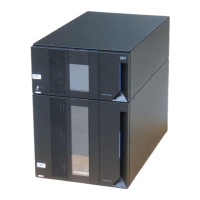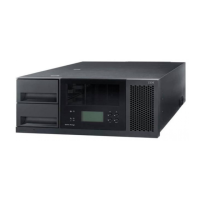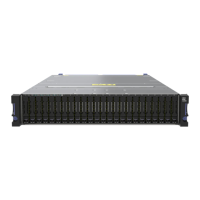Parameter
Parameter Description
volumeGroup The alphanumeric identifier of the Array (including - and
_) that you want to export. Enclose the Array identifier
in square brackets ([ ]).
Notes
When this command is successful, you can run the start volumeGroup import command to finish moving
the Array to a Complete state, which makes the volume group available to the new storage subsystem.
If this command is unsuccessful because hardware problems prevented the completion of the export, use
the set volumeGroup forceState command. The set volumeGroup forceState command lets you use the
start volumeGroup import command to import a Array.
After the Array is in an Exported state or a Forced state, you can remove the drives that comprise the
volume group from the storage subsystem. You can reinstall the drives in a different storage subsystem.
Minimum Firmware Level
7.10
Start Array import
This command moves a Array into a Complete state to make a newly introduced Array available to its
new storage subsystem. The Array must be in an Exported state or a Forced state before you run this
command. Upon successfully running the command, the Array is operational.
NOTE Within the Array, you cannot move volumes that are associated with the premium features from
one storage subsystem to another storage subsystem.
Syntax
start volumeGroup [volumeGroupName] import
Parameter
Parameter Description
volumeGroup The alphanumeric identifier of the Array (including - and
_) that you want to import. Enclose the Array identifier
in square brackets ([ ]).
Notes
Higher-level volumes that are specifically related to premium features (FlashCopy, Enhanced Remote
Mirroring, Volume Copy, mapping, and persistent reservations) are removed as part of the import
operation.
You must run the show volumeGroup importDependencies command before you run the start
volumeGroup import command.
Chapter 3. Script Commands 3-301

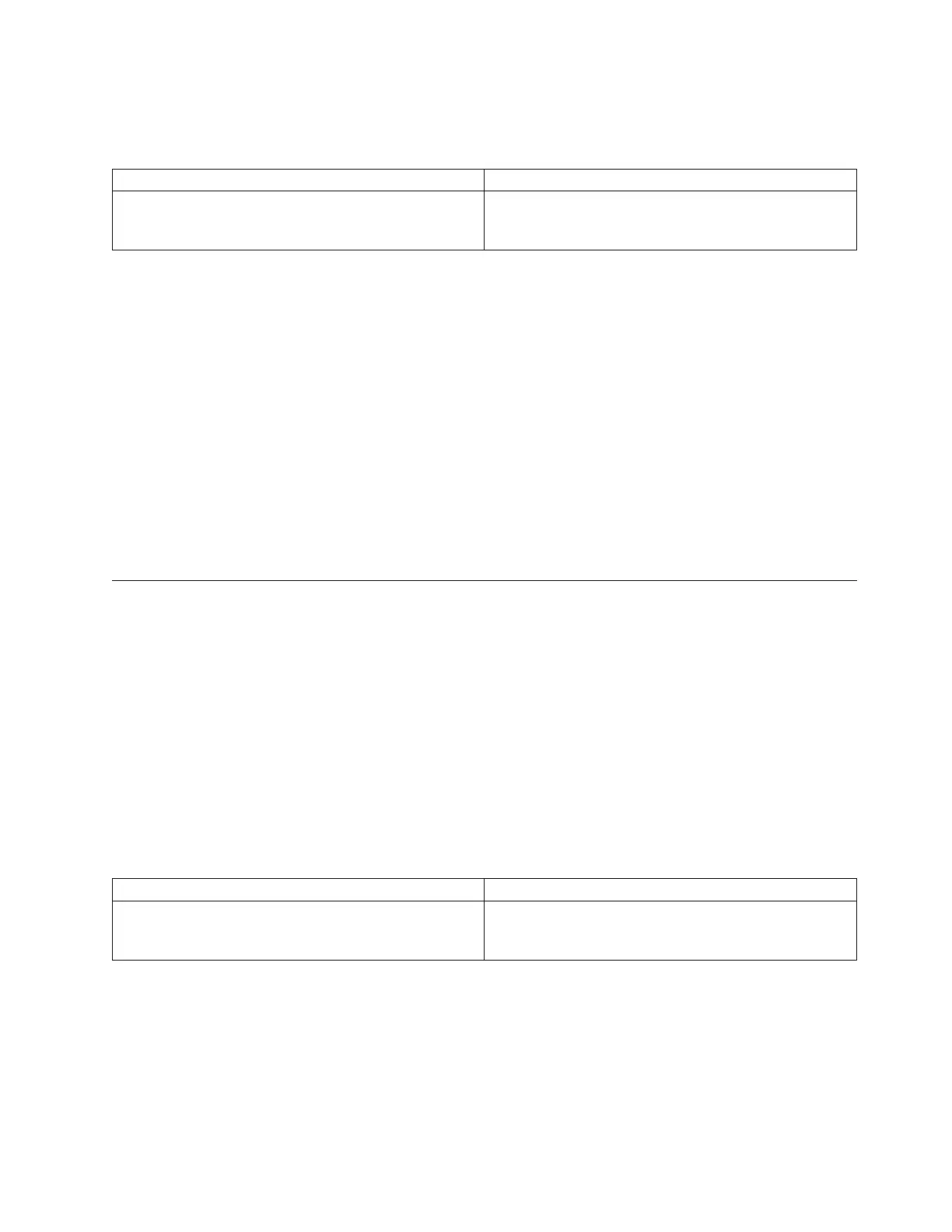